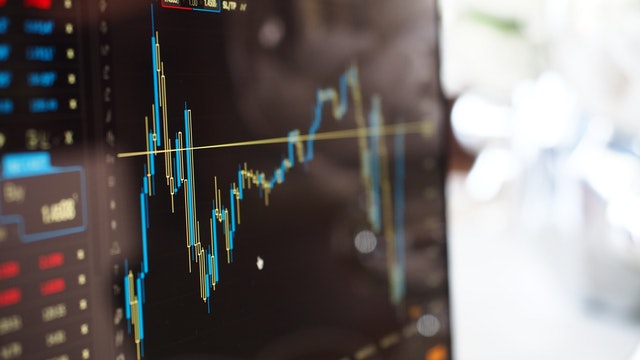After-hours trading is the period after the market closes when investors can buy and sell securities outside of normal business hours. Both the New York Stock Exchange (NYSE) and the Nasdaq normally operate between 9:30 a.m. and 4:00 p.m. Eastern Time. After business hours, exchanges can be made electronically anytime between 4 p.m. and 8 p.m. Eastern Time. These electronic communications (ECN) networks match potential buyers and sellers without using the exchange. traditional stocks
important issues
- After hours trading takes place after the market closes
- Post-market trading usually takes place between 4:00 p.m. and 8:00 p.m., while the pre-trading session ends at 9:30 a.m.
- Electronic communication networks make trading possible after hours
- The risks associated with trading after hours include less liquidity, wider spreads, greater competition from institutional investors, and greater volatility.
- After-hours trading allows investors to respond more conveniently to breaking news
Who can trade during non-business hours?
After hours trading was mostly used by institutional investors until the 1990s when ECNs became more widely available. But it also allows large institutional investors to interact anonymously, hiding their actions.
As trading has grown in popularity over the past decade, investors have embraced it. In fact, a handful of brokers offer after-hours trading, including Charles Schwab, Fidelity, and TD Ameritrade.
Make sure you read all disclosure documents prepared by your brokerage firm before you start trading in the market after hours.
Aftermarket and premarket
After-hours trading can be divided into two different parts of the day. The first is post-market trading hours. Most exchanges usually conduct post-market trading between 4:00 PM and 8:00 PM. You can also take part in pre-market trading, which takes place in the morning before the market opens – before 9:30 the start of the pre-span. The market range depends on the exchange.
Risks and dangers
The development of trading after hours allows investors to earn good profits. But you should be aware of the risks and dangers that exist.
- Less Liquidity: There are a lot of buyers and sellers during normal hours, during off-hours trading there may be less trading volume for your stocks and it may be difficult to convert stocks into cash.
l>
- Wide Spreads: Reduced trading volume can result in a difference between the bid price and the ask price, so it may be difficult for an individual to place his or her order at a good price.< /li>
- Tough Competition for Individual Investors: Retail investors now have the opportunity to trade in the market outside of business hours. But the reality is that they will have to compete with larger institutional investors who have access to more resources than the average individual investor.
- Volatility: After-hours markets are thinner compared to regular trading hours, so you are more likely to experience severe price fluctuations in after-hours trading than during normal trading hours.
- l>
Here is an example of the risks associated with trading outside of business hours:
An investor who wants to sell her Goldman Sachs stock for $250.00 in the session after the normal market has closed due to low market liquidity outside of business hours, the maximum bid from a scattered number of buyers is $240.00. The price limit is $240.00 to either sell immediately or you can keep the same price and take the risk on partial or partial orders, at the end of the trading session at 8:00 PM all unexecuted orders will be cancelled. cancel
Benefits
Trading after hours involves a certain amount of risk. But there are some benefits as well:
- Trade with live data: The ability to trade after a regular market close allows you to react quickly to breaking news or live data before the market opens the next day.
- Pricing opportunities: Although volatility is a risk associated with trading after hours, But you may find attractive prices during this time.
- Convenience: Investors may prefer to trade during inappropriate times and trading outside of these hours adds flexibility.
Schedule market hours
New York Stock Exchange
- Standard trading: Monday through Friday, 9:30 AM to 4:00 PM ET
- Trading after hours: Monday through Friday, 4:00 PM to 8:00 PM ET
- Market Futures: Monday through Friday, 7:00 AM to 9:30 AM ET
NASDAQ
- Standard trading: Monday through Friday, 9:30 AM to 4:00 PM ET
- Trading after hours: Monday through Friday, 4:00 PM to 8:00 PM ET
- Market Futures: Monday through Friday, 4:00 AM to 9:30 AM ET
US Stock Market Stop
US markets are closed for the following days:
- New Year’s Day
- Martin Luther King Jr. Day
- President’s Day
- Good Friday
- Memorial Day
- Independence Day
- Labor Day
- Thanksgiving Day
- Christmas Day
US stock market shortens trading hours
The US stock market traded shorter and closed earlier the next day:
- The day before Independence Day: 9:30 AM to 1:00 PM ET
- Black Friday (the day after Thanksgiving): 9:30 AM to 1:00 PM ET
- Christmas Eve: 9:30 AM to 1:00 PM ET
Article Source – Investopedia.com







